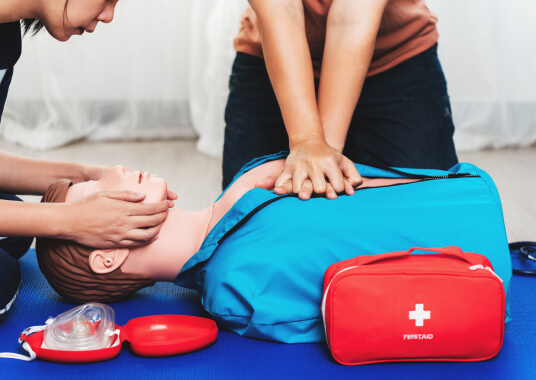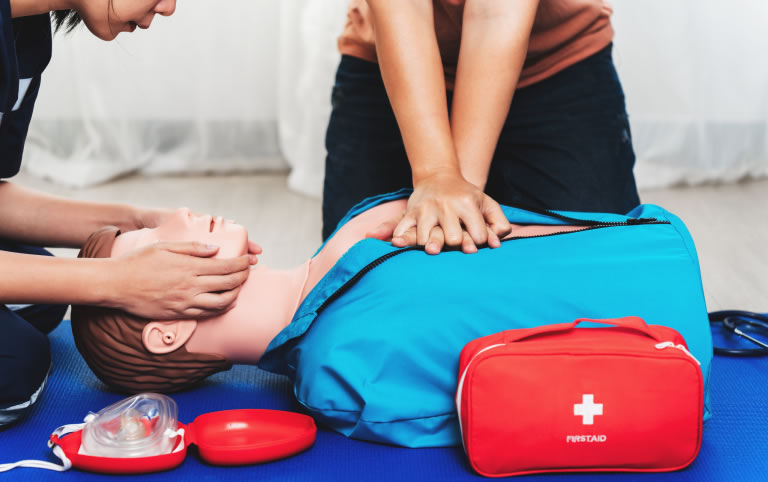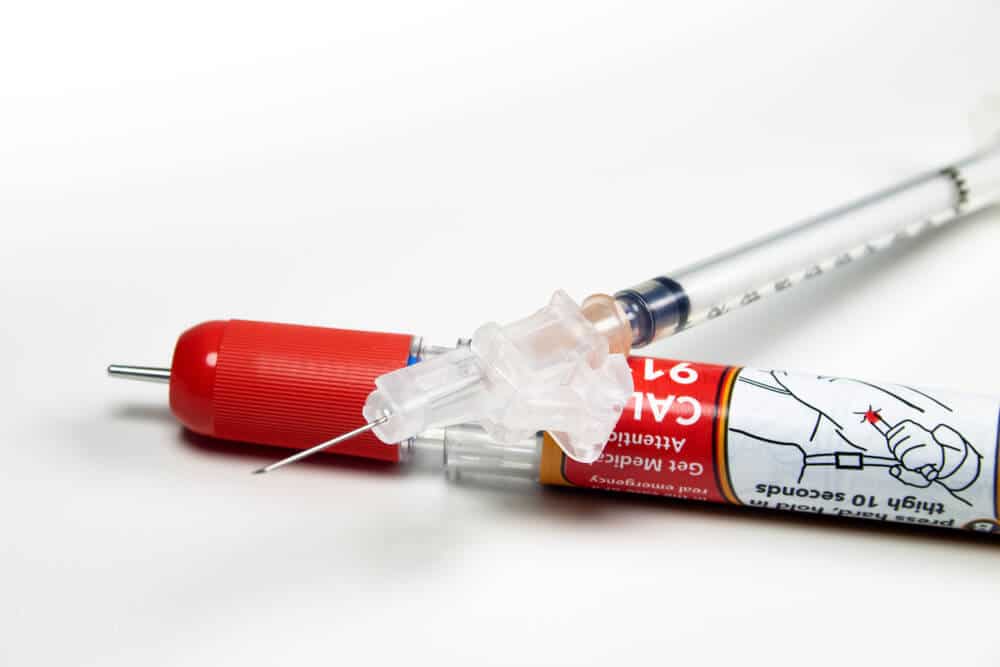CPR, First Aid, BLS, ACLS, PALS certifications.


Learn how to provide essential care before emergency responders arrive with our 100% Online First Aid Course. Receive instant certification valid for 2 years—plus unlimited quiz retakes.
$14.95 $24.90
| Chapters | CE Credits | Validity | Cost | Duration | ECC | Exam Attempts | Wallet Card |
|---|---|---|---|---|---|---|---|
| 13 | 2.0 | 2 Years | $14.95 | 1-2 Hrs | Compliant | Unlimited | Download/Print/Mail |
An allergy occurs when the body’s immune system reacts to something that’s usually harmless. If the reaction is severe, it can quickly become a medical emergency—especially without fast treatment.

People can have allergic reactions to many different things, including:
Allergic reactions may cause:
Anaphylaxis is a severe allergic reaction that can happen within seconds or minutes of exposure to an allergen. It can cause swelling in the airway, difficulty breathing, and even lead to shock. This condition is life-threatening and must be treated immediately.
Check the scene and make sure it’s safe, then:
This chapter in your Online First Aid Course prepares you to act quickly and confidently when someone experiences a severe allergic reaction.